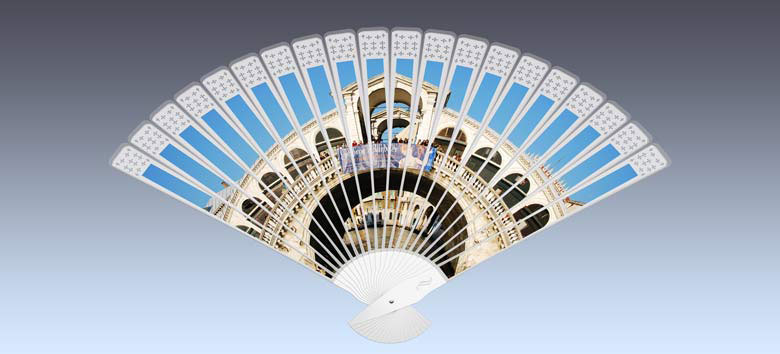Day 28-Something for every taste
After a reasonable breakfast in Oak Alley’s Restaurant, we set off for Carville, La. Carville was the site of the Public Health Hospital which dealt only with patients who had Hansen’s Disease, more commonly called leprosy. As only one of two leper hospitals in the entire United States, Carville was very active in research into the disease as well as treatment for it. After World War II with the appearance of sulfone drugs, leprosy became a very treatable disease and by the mid-1990s the hospital was no longer needed. The Louisiana National Guard now uses it as a base and there is both a museum and a driving tour that give you a very good idea of what life was like when it was hospital. However, because it is a Federal Armed Services installation, no pictures were allowed.

We had driven up the East side of the River to get to Carville, and so far on neither the East Bank nor the West Bank, have we been able to find a Great Mississippi River Road sign. We went back down the East Bank road to Houmas House, a sugar plantation built originally in the mid 1700s and expanded during the 1820s. It is a magnificent house with amazing gardens and we had a great guide taking us through it. Interestingly it is still currently a privately owned and lived in home.
Houmas House

Houmas House Gardens



Next we headed back down river to go to San Francisco Plantation. Still trying to find the Great River Road sign for Louisiana, we turned onto Hwy 61 for a time to see if there were any on it. No luck. So far batting zero for zero (can you tell the World Series is on TV in the background!). We got to San Francisco Plantation and were lucky enough to join the last tour just starting. The plantation was first started by a free man of color in 1827 and sold for a huge profit three years later. The owner continued to raise sugar and finally in 1853 the current house was started and was totally finished 12 years later, although it was lived in starting in 1855. The shape of the house often reminds people of a steamboat. The two very odd looking towers on either side are actually the cisterns! It has been completely restored by the Marathon Oil Company which is its next door neighbor.
San Francisco House

The levee in this area is somewhere around 32 feet high (according to the guide at the San Francisco Plantation) and so we rarely get to see the River. The many bridges across the River seem to have replaced most of the ferries (even though the maps still say there are ferries) and the bridges themselves are very high in order to let ship traffic go under. We were lucky today to catch a glimpse of the River as we went over the bridge from the East Bank to the West Bank.

On the way back to Oak Alley we stopped at B&C Seafood Riverside Market and Deli. We thought we would have an early dinner since we had again skipped lunch, but when we went in we found out that they stopped serving at 4:30 PM. They did, however, have some boiled crabs (cold but that was okay), corn, potatoes and sausage (all still hot), and were more than happy to sell us 1/2 dozen crabs and all the fixings. That is the nice thing about having this cottage. We brought them home, spread out newspaper and dived into a very silent dinner since we were both so busy picking crabs.

Tomorrow we plan to visit Oak Alley and maybe one more plantation before we head down to New Orleans for what is the end of our River Road Adventure. I think we’ll go back to B&C for a bowl of gumbo before leaving Vacherie. We’ll be in New Orleans 4 days and then are taking 2 more days to cross Texas. We plan on being home on Halloween. If past history is any indication, we should be posting a lot of food porn from New Orleans in the next few days. Hope so!
